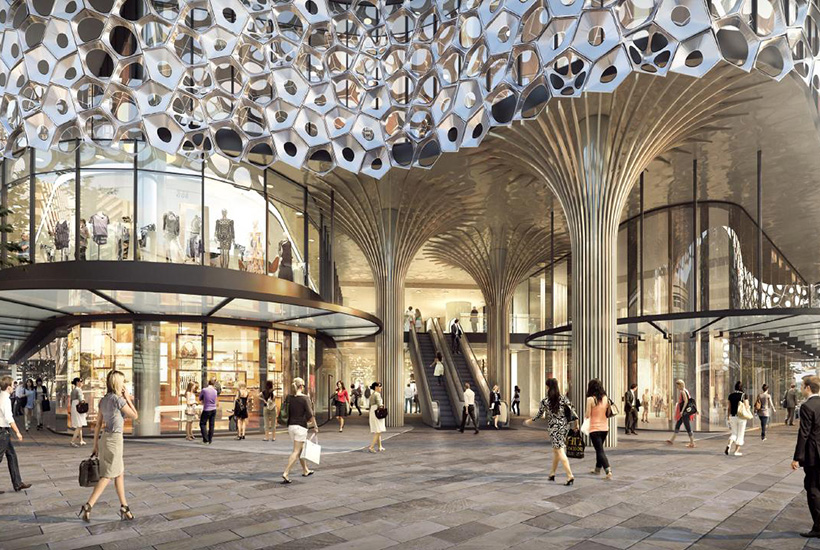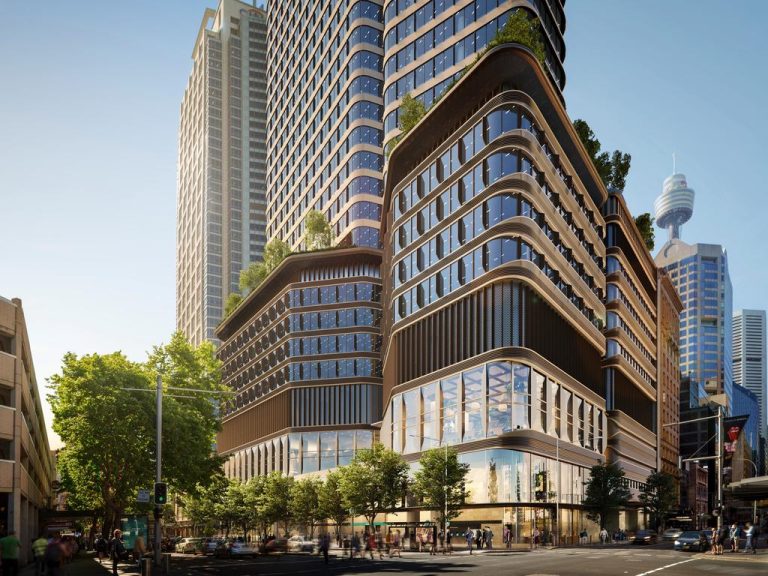Office landlords urged to consider flexible leasing

Landlords providing tenants with more flexible leasing options may be the remedy to softening demand for office space in towers in the Sydney and Melbourne central business districts.
Despite a wave of skyscraper sales last year, research from the Property Council showed that demand for space in the country’s two largest capital city CBD markets fell by between 10,000sq m and 40,000sq m even as vacancies dipped below 4%.
Melbourne continues to be the tightest market with the vacancy rate falling to 3.2% over the last half of 2019, but Sydney has seen the largest drop in demand.
Property Council chief executive Ken Morrison says the drop in demand is not a sign the cities were falling out of favour, but that business is being more strategic about leasing arrangements.
“When you have a market that is very tight, it means existing business that is growing can’t find the appropriate space or it could be too expensive,” Morrison says.
“Instead, businesses are choosing to renew their current leases and use the space they already have through increased headcounts or moving to a space outside of the CBD.”
He nominated as an example the western Sydney hub of Parramatta, which is emerging as one of the strongest office markets, with demand more than eight times above its historic average over the six-month period.
Colliers International national director of office leasing Cameron Williams says the limited new supply to come on to the market, particularly in Sydney, would change the way leasing is structured.
“Rather than these additional headcounts being reflected in net absorption in the CBD, we are seeing the impact in more people being accommodated in less space,” Williams says.
“This has helped support rental growth in the Sydney market, as most corporates look at their rental cost on a per headcount basis.”
Flexible office space leasing, which is anticipated to slow this year after mass expansion since 2017, was described as the missing ingredient in these markets by JLL’s head of office leasing, Australia, Tim O’Connor.
“The expansion of flexible space providers generated an additional ingredient to office sector demand,” O’Connor says.
“The business model created by flexible space providers was a direct response to a customer requirement for flexibility, shorter lease terms and an opportunity to network and collaborate with a diverse range of organisations.
“The presence of third party or owner-operated flexible space is a customer-led structural change in the office leasing market,” he says.
Nationally, net vacancy in CBD markets remained stable through 2019 at 8%, while non-CBD markets fell slightly to 9.1%. It was a different story in the smaller office markets, where demand over the second half of last year was more than double the historical average.
A resurgence in the mining sector resulted in demand for space becoming highest in Perth, with vacancy shrinking almost a full percentage point to 17.6% year on year. Net absorption in the CBD was triple that seen a year earlier, hitting 48,661sqm last year.
Brisbane companies continued to be drawn towards higher-quality stock. Demand hit new highs in the river city despite vacancy levels overall rising with the addition of Shayler Group’s 300 George Street office tower adding 48,409sqm to the pool.
On the city’s fringes, developers are withdrawing stock to reposition it to appeal and capitalise on growing demand.
Adelaide was the only small market to record a decrease in demand for space.
This article originally appeared on www.theaustralian.com.au/property.







